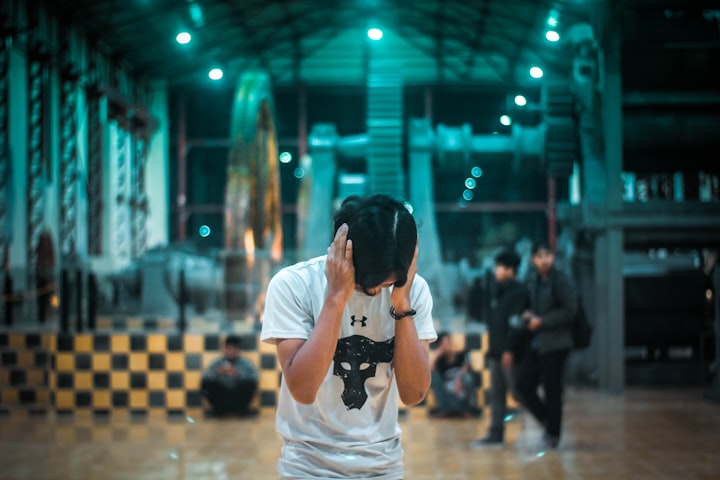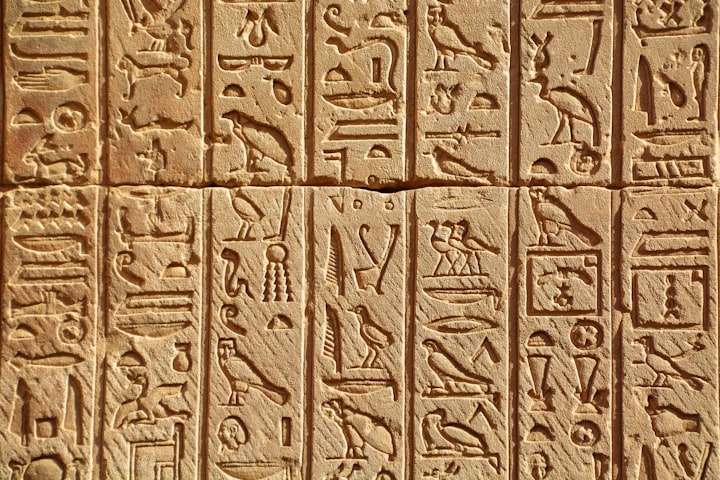The (not so) silent threat of noise pollution
Invisible danger?

Have you even wonder why sometimes it’s so difficult for you to get some proper sleep? Our over-stimulated senses keep us tossing and turning all night long, making of something as natural as sleeping burdensome. Are we aware of what’s keeping us in a constant state of alert? According to some scholars, one of the main causes is noise pollution. Why don’t we dive head first and find the meaning of this peril to our health?
As stated on the Merriam-Webster dictionary, noise pollution can be defined as “Annoying and harmful noise (as of automobiles or jet-planes) in an environment.” According to an article written in 2019 on National Geographic Encyclopedia, we are surrounded by noise all the time; some studies can link illnesses to the exposure of harmful loud noises.
The article explains that, noise is measured in decibels. This is just a simple guideline to fully understand this not-so-silent threat:
“There are many sounds in the environment, from rustling leaves (20 to 30 decibels) to a thunderclap (120 decibels) to the wail of a siren (120 to 140 decibels), sounds that can reach 85 decibels or higher can damage a person’s ear. Sound sources that exceed this threshold include familiar things, such as power lawn movers (90 decibels), subway trains (90 to 115 decibels), and loud rock concerts (110 to 120 decibels).” (National Geographic Encyclopedia 2019.)

The most common pathology linked directly to noise pollution in humans is Noise Induced Hearing Loss (NIHL). Some studies have discovered that noise can also affect your blood pressure, sleep disturbances, and heart diseases. Pitifully children are more susceptible to this invisible hazard, noise is even capable of creating a deficit in cognitive response in their not fully developed brains.

Wildlife is without any doubt severely affected by this threat too. Some animals rely in their ability to use sound to hunt, positioning, and avoid predators. Those are the ones that suffer the most; the amount of noise in their natural habitat interferes with those innate capabilities. For mammals on the ocean, drills, sonars, and large ships, create a disturbance that inhibit their use of echolocation. Environmental groups all over the United States are fighting to ban the use of sonars for military training.

In Spain, the engineer in Biotechnology, founder and director of the Laboratory of applied Bioacoustics, Michel Andre. Travels the seas recording and analyzing sounds on a daily basis. His aim is to gather as much data as possible to completely understand the true scope of noise pollution on those magnificent animals. He is currently developing Acoustic Technology for the control of noise pollution in the marine environment. He is focused on understanding the pathological impact of noise pollution in whales and dolphins.

According to his studies, Noise impacts negatively on marine life, is not uncommon to find body malformations, egg immaturity or a high rate egg mortality and slower grow rates. The area least affected is the South Pacific, between French Polynesia and Australia, an area that hasn’t reached a critical noise pollution stage yet.
Andre and his team discovered that two hours of noise exposure can damage plants too. "Unlike mammals, they cannot flee and scape the threat. Pitifully, they cannot uproot and leave when the noise is excessive." I find it fascinating that even plants and sea grass are being threatened by our mindless quest for another dollar.

Maybe in the near future, we can find a way to protect them from our destructive and disrespectful behavior towards planet earth. In his own words: “We wanted to provide data so humans can figure out how to best live with nature, which is our only chance to survive on this planet.”
References:
- “noise pollution” Merriam-Webster.com. Merriam-Webster, 2011.
Web. Oct 05, 2019.
- “noise Pollution” National Geographic Society, July 15, 2019.
Web. Oct 05, 2019.
About the Creator
Giovanni Profeta
Swimming through life one stroke at a time.






Comments
There are no comments for this story
Be the first to respond and start the conversation.